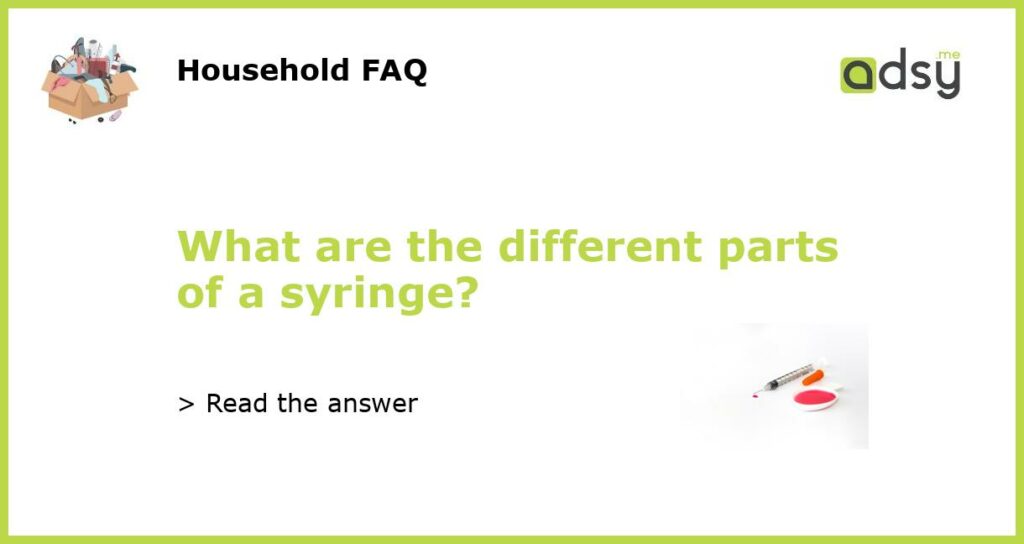Understanding the Anatomy of a Syringe
A syringe is a common medical instrument that is used for a wide range of purposes, including administering medicine, drawing blood, and injecting fluids. While most people are familiar with the basic function of a syringe, many may not be aware of the different parts that make up this essential tool. Understanding the anatomy of a syringe can help ensure its proper use and maintenance, as well as promote safety in medical procedures.
The Barrel: Where the Magic Happens
The barrel is the main body of a syringe, and it holds the fluid that will be injected or withdrawn. It is usually made of a clear plastic material, such as polypropylene, which allows for easy visualization of the fluid within. The barrel is marked with volume measurements, typically in milliliters (ml), to allow for accurate dosing. The volume capacity of a syringe can vary depending on its size, ranging from a few milliliters to several tens of milliliters.
The Plunger: Pushing the Fluid
The plunger is a movable component that fits snugly into the barrel of the syringe. It is typically made of rubber or plastic and has a flattened head or knob at one end for easy manipulation. The plunger is used to push or withdraw the fluid in the syringe barrel. By pushing the plunger down, the fluid is expelled through the needle, while pulling the plunger back creates suction to draw fluid into the syringe.
Needle: The Gateway to Injection
The needle is perhaps the most recognizable part of a syringe, as it is the point of contact between the syringe and the patient. Needles are usually made of stainless steel or other metals that offer strength and stability. They vary in length and gauge, with shorter and thinner needles being used for superficial injections, while longer and thicker needles are required for deeper or larger injections. The needle is attached to the syringe through the hub, a plastic connector that fits securely onto the barrel.
Thumb Ring and Finger Grips: Ensuring Precision and Control
Syringes often feature additional components to enhance user comfort and control during medical procedures. Some syringes have a thumb ring near the plunger end, which allows for easy and controlled movement of the plunger with one hand. Finger grips, indentations, or texturing on the barrel can provide a more secure grip for the user, ensuring precise fluid control during injection or aspiration.
A Holistic View of Syringe Anatomy
Understanding the different parts of a syringe is crucial for proper use and maintenance of this medical instrument. The barrel, plunger, needle, thumb ring, and finger grips are all integral to the function and performance of a syringe. By familiarizing themselves with the various components, healthcare professionals and patients alike can ensure safe and effective administration of medication and fluids in clinical settings.






